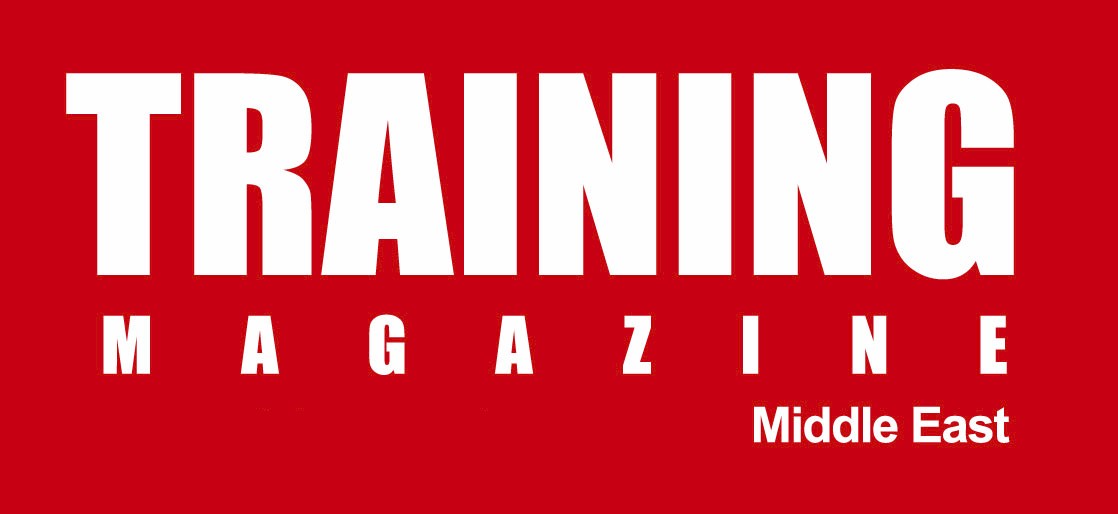One of the key areas of management for any manager, be it functional or project manager, is stakeholder management. The rationale for mentioning only functional and project manager is the fact that all that a business or an organization does could be classified into operations (or business-as-usual) and projects (agents for incorporating change or transformation).
Operations could involve both profit-generating work such as production and manufacturing and cost-incurring work such as learning and development and IT services. And those who manage these operational activities are the functional heads or managers. On the other hand, those who manage change initiatives are the project managers.
And so, the often asked question by those who manage operations or projects is whom do we consider as a “stakeholder”. My simple definition is anyone, individual or a group, who has a “stake” in the business or a project is a “stakeholder.”
The next logical question could be what it constitutes to have “stake” in the business or a project. Again, a simple explanation is anyone who is either influenced or can influence the outcomes of a business or project has a “stake”. As an example, reference could be made to the case between Nestle and Greenpeace (an environmental agency). Nestle lost a significant amount of revenue and reputation by mismanaging or ignoring the interests of Greenpeace. Please refer to the case in the public domain for further details.
Another frequently asked question is “is there a way of categorizing stakeholder?” Well there are a number of techniques recommended by standards and frameworks such as Project Management Body of Knowledge (PMBOK), PRojects IN Controlled Environments (PRINCE2), and Business Analysis Body of Knowledge (BABOK), which are owned by organizations such as Project Management Institute (PMI), USA; Axelos, UK; and International Institute of Business Analysis (IIBA), Canada. These standards or best practices recommend classifying stakeholders based on their interest, power, influence, or concern. These are commonly called as stakeholder maps or stakeholder matrixes.
Well, the story does not end with mere classification, but should result in employing appropriate strategies and tools in effectively managing the stakeholders. Some of the commonly employed strategies are:
- Manage Closely – This is a strategy that could be used for those stakeholders who hold high power and interest on the business initiative or project. Examples of these kinds of stakeholders are customers, users, project sponsors etc. The situation would, of course, vary from case to case.
- Keep Satisfied – This is a strategy that could be used for those stakeholders who hold high power and low interest in the proceedings of the business or project. Examples of these kinds of stakeholders are shareholders, funding agencies, governments, regulators etc.
- Keep Informed – This is a strategy that could be used for those stakeholders who hold low power but high interest in the proceedings of the business or project. Examples of these kinds of stakeholders are suppliers, vendors, subcontractors etc.
- Minimal effort – This is a strategy that could be employed on stakeholders who have low power and low interest in the business proceedings or the project. Examples of these stakeholders are support staff such as project coordinators etc.
Some of the commonly used tools are interviews, document analysis, focus groups, workshops, surveys and questionnaires, Delphi technique etc.
In summary, stakeholder management is all about identifying all the positive and negative stakeholders, developing strategies to maximize the influence of the positive stakeholders and minimize the influence of the negative stakeholders and managing these strategies using appropriate stakeholder management tools.






